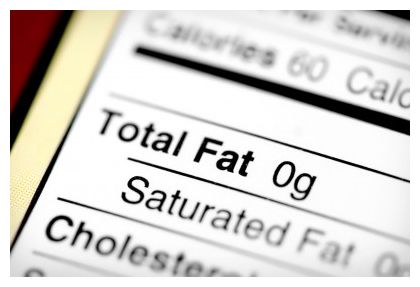
© GreenMedInfo
Several decades ago the modern world went crazy with its dietary habits. People were told to stop eating fats because they led to weight gain and heart disease. The government was behind this advice as well as the American Heart Association, hospitals, manufacturers of
cholesterol-lowering drugs, food manufacturers, dairies and doctors.
Here we are thirty years later and obesity and heart disease rates have gone up instead of down. Now some (not enough) researchers are saying the low-fat idea was a big mistake.
In typical fashion, the Mayo Clinic makes this statement on its website: "[T]here is a dark side to fat. The concern with some types of dietary fat (and their cousin cholesterol) is that they are thought to play a role in cardiovascular disease and type 2 diabetes. Dietary fat also may have a role in other diseases, including obesity and cancer."
Is this true, or is it simply an assumption that has been proven wrong? Or is it the kind of misinformation you'd expect from drug companies that manufacture cholesterol-lowering drugs and food giants who make billions selling low-fat, non-fat processed cereal, yogurt, drinks, pizzas, cookies and ice cream?
We need fats in our diets. It's a matter of biologyFats are essential to human health. The Weston A Price Foundation tells us, "Fats from animal and vegetable sources provide a concentrated source of energy in the diet; they also provide the building blocks for cell membranes and a variety of hormones and hormone-like substances. Fats as part of a meal slow down absorption so that we can go longer without feeling hungry. In addition, they act as carriers for important fat-soluble vitamins A, D, E and K. Dietary fats are needed for the conversion of carotene to vitamin A, for mineral absorption and for a host of other processes." (
westonaprice.org)
So how can we eat fat and avoid fat at the same time? Food manufacturers came up with the idea of altering fats. And this has led to all sorts of health problems, an outcome not altogether unexpected when scientists try to improve on nature. The worst of the creations was
trans fats, which are now even recognized by the mainstream medical profession as unhealthful.
